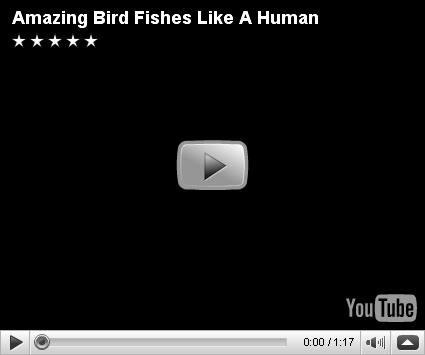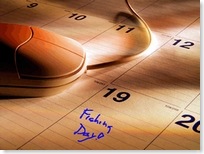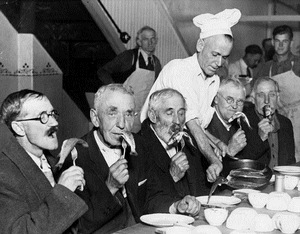 I like the sound of it regardless of motivation, a “put-grow-and-take” fishery versus the standard watery extrusion of 10″ fish through the gauntlet of floating Cheez-it scented Powerbait.
I like the sound of it regardless of motivation, a “put-grow-and-take” fishery versus the standard watery extrusion of 10″ fish through the gauntlet of floating Cheez-it scented Powerbait.
I’ve been many kinds of fisherman throughout my career, but the portrait of the “ovulating” hatchery truck being stalked by a cadre of militant anglers – has always been offputting.
It’s the Charge of the Bucket Brigade reenacted with great violence and no quarter; a stream of pellet-fattened silver splattered from the bridge, accompanied by the snarl of offroad tires, hoots and catcalls mixed with unruly sportsmen jostling for position, and the cheese scented screams of “federales” wrested from their new home.
Planting them at the fingerling stage would end the carnage, allowing them to populate something other than the pool they’re thrust in, and might even engender hatchery fish with “stream smarts.”
With state budgets in upheaval, and wildlife agencies among the first to suffer cutbacks – it might prove to be the economical alternative.
“A put-grow-and-take program is cheaper,” Young said. “It gets fish out of the hatchery system earlier — at six months instead of 18 months — and they look better and have more of a wild-fish behavior. It only takes a year for a fingerling to reach catchable size.”
High mortality rates are an issue with fingerlings, but the mortality rate of planted fish of catchable size may rival that of fingerlings in small waterways.
The costs of hatchery fish cited by the article are fairly astounding. If I were buying them off the restaurant menu, I’d be thinking I was in rarified company ..
The agency has scrapped a program it began five years ago in which it purchased hatchery trout from Tellico Fish Farm in North Carolina to make up for the 2001 closing of Pennsylvania’s Big Spring hatchery. Tellico had charged the state an average of $1.15 per fish (last year it was $1.27) — significantly less than the $2.14 it costs to raise a trout at a Fish and Boat Commission facility. When this year’s Tellico bid came in at $3.38 per trout, the commission drew the line.
Assuming three fish to the pound, that’s a $10 meal. I’d be staring down my nose only long enough to find a wedge of lemon.

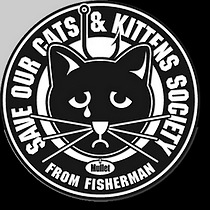 If you thought
If you thought 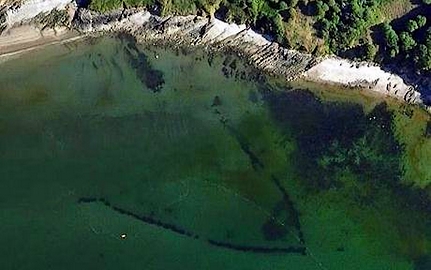
 Anglers have always been an agile lot, any crack in the fence or slack in barbed wire quickly exploited for fishing purposes. We’ve scraped flesh, twisted ankles, and occasionally needed ambulances and the Coast Guard to return us to safety.
Anglers have always been an agile lot, any crack in the fence or slack in barbed wire quickly exploited for fishing purposes. We’ve scraped flesh, twisted ankles, and occasionally needed ambulances and the Coast Guard to return us to safety.
 It’s jarring everytime I see it mentioned. I’m not sure whether to insist it’s a sign of the times, or Goodwill Industries is a new tackle juggernaut in the making.
It’s jarring everytime I see it mentioned. I’m not sure whether to insist it’s a sign of the times, or Goodwill Industries is a new tackle juggernaut in the making.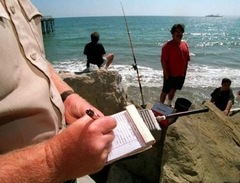 I admit that the license clashes garishly with my Pith helmet and red suspenders – but the lack of fashionista lounging in brown water allows me to skulk from bush to bush without incurring a social faux pas.
I admit that the license clashes garishly with my Pith helmet and red suspenders – but the lack of fashionista lounging in brown water allows me to skulk from bush to bush without incurring a social faux pas.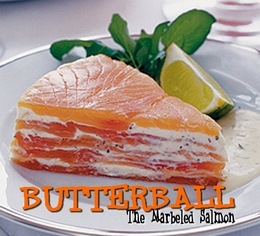 Terms like “girth”, “chunky” and “football”, sprayed at large fish by those lucky enough to have hooked an uncommon specimen. The rest of us nod, recognizing the use of reserved fishing superlatives.
Terms like “girth”, “chunky” and “football”, sprayed at large fish by those lucky enough to have hooked an uncommon specimen. The rest of us nod, recognizing the use of reserved fishing superlatives.